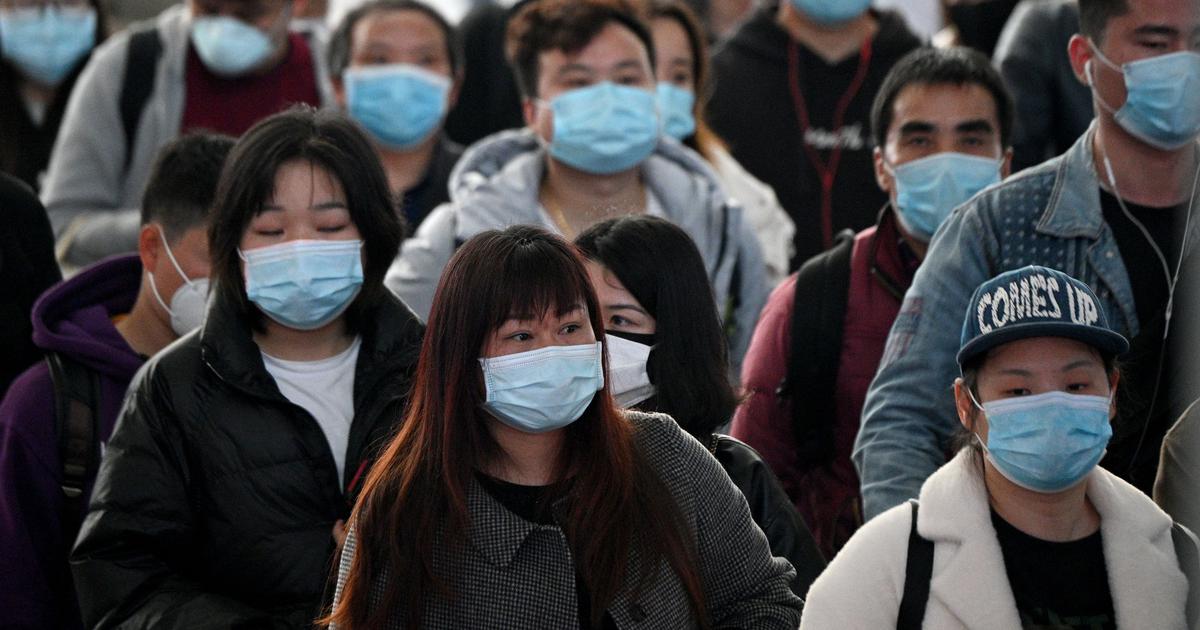A few days ago, Cyclone Yaas caused flash floods that inundated about 148 villages in the north of Odisha, India. This disaster did not only damage the ecosystem of local communities, but it also came as a primary threat to their livelihood. As India and many other nations in Asia concentrate financial and institutional efforts to battle Covid-19, climate disasters are a constant reminder that people living in remote areas are more susceptible to economic and sociocultural devastations, and lack sufficient support to tackle and prevent either of the issues in a long-term. To a larger extent, this suggests that, like Covid-19, climate change remains a significant threat to human rights. For these reasons, adaptive responses to climate disasters must be treated as a priority, particularly in communities living under fragile conditions.
While this is a pressing concern, it does not dismiss preexisting socioeconomic and political factors that have contributed to weaken resilience capacities of vulnerable Asian communities. In this context, it is important to understand that “vulnerable communities” are communities that are exposed to devastations of climate change, with no or insufficient means to tackle or prevent its harmful effects sustainably.
Urban-Rural Disparity and Climate Adaptation
A 2018 report by the International Fund for Agricultural Development (IFAD) supports that developing countries in Asia still experience limited rural transformation – urbanization and development resulting in rural economic revolution – presenting a growing dichotomy between urban and rural areas. Additionally, the IFAD notes that this is also at the origin of waves of migration from rural to urban areas, in quest of greener pastures. Bihong Huang, a research fellow at the Asian Development Bank Institute, claimed in 2019 that “despite the remarkable economic growth achieved in Asia in the last few decades, rising income inequality is one of the most profound challenges in the region”. While these challenges affect both people living in rural and urban areas, the limited attention given to rural inhabitants cripples their economic progression and sustainability and endangers their lives and adaptability to the effects of climate change.
According to the World Wide Fund (WWF), climate adaptation aims at “helping people adjust and enabling nature to be more resilient to the impacts of climate change”. “Unfortunately, many of the places that are rich in biodiversity are also those where both people and ecosystems are the most vulnerable to climate change”, the WWF states. In the Asian context, investing in rural transformation is an increasing necessity. For the UNEP, such development approach must encompass ecosystem-based adaptation, adaptation knowledge and awareness of local communities, and access to adaptation finance and resources, to mention a few. Eventually, this implies that governments must revisit the degree of attention put on affected and vulnerable areas and communities, despite the emergency of the current pandemic.
Climate Adaptation, Community Empowerment and Sustainability
As a matter of fact, climate adaptation is a luxury that vulnerable communities cannot afford on their own. To claim that Asian countries and the international community are not tackling the question of climate adaption would be absurd. However, there is still much more to do. In fact, the recent floods – May 2021 – in Upazila region, Bangladesh, caused more than “1000 families” to lose their homes; yet the local government was able to offer only “316 shelters and 755 temporary shelters”, limited medical and fire services as well as food and purified water. This demonstrates that vulnerable communities are still exposed to rampant disasters of climate change and not sufficiently equipped to address such unpredictable events in a long-run.
To a larger extent, Renee Cho claims that 70% of the people that are at high risk of climate disaster and migration are found in 8 Asian countries – namely China, Bangladesh, Japan, the Philippines, India, Thailand, Vietnam and Indonesia. She adds that migration is likely to accelerate after 2050 “due to strong climate impacts and population growth. This means that vulnerable communities would not only be exposed to more effects of climate change but would equally lose guarantee for their rights to live, to work, and to get a shelter. Furthermore, climate-related migration could increasingly expose vulnerable people to human trafficking and sexual violence.
For such reasons, it is imperative to remind that climate adaptation in Asia can become more effective if states and aid groups commit seriously to tackling climate change in vulnerable areas while involving communities at local, national, and regional level. Although the Covid-19 pandemic remains a considerable threat to Asia and the rest of the world, it would be fatal to downplay the growing danger that poses climate change, especially for the future of fragile families.

